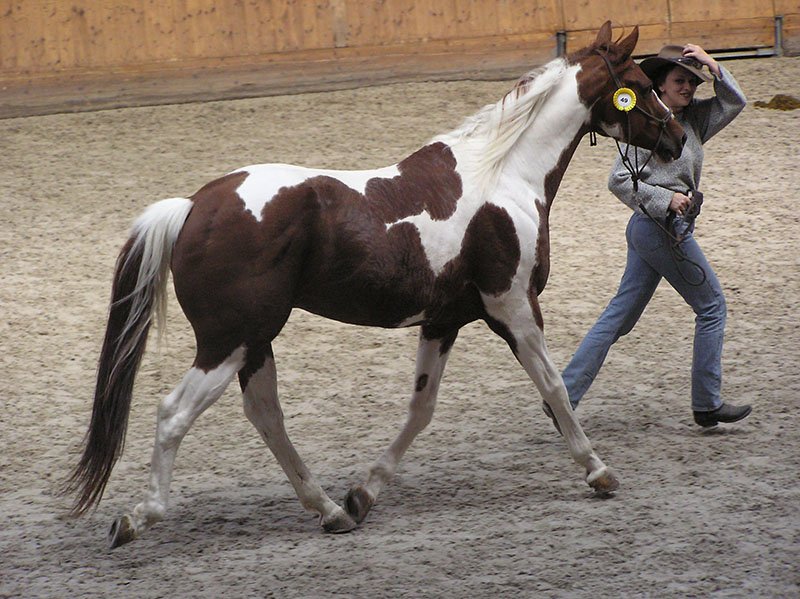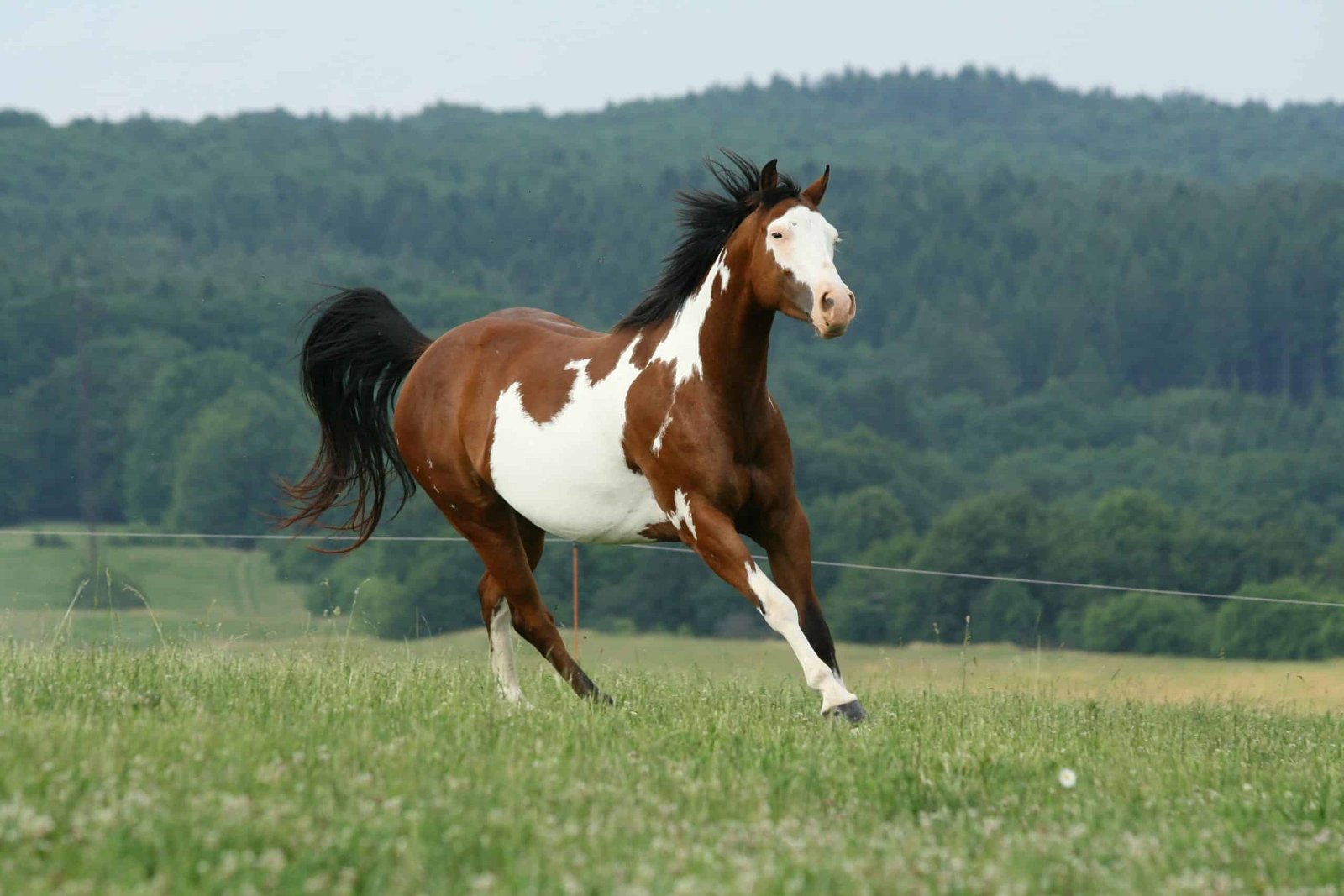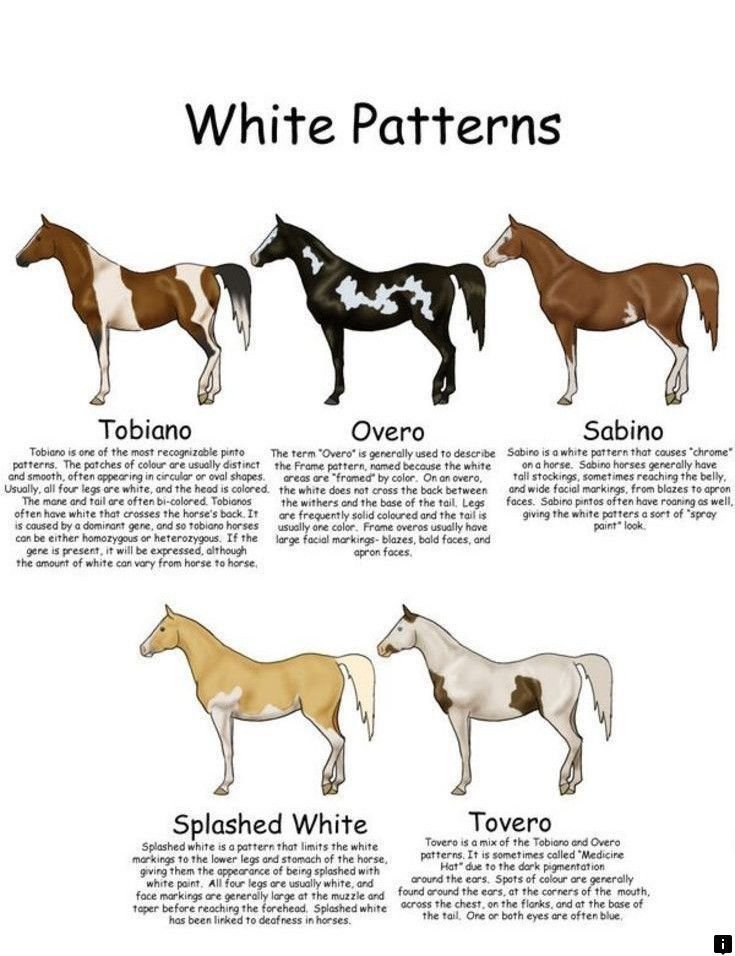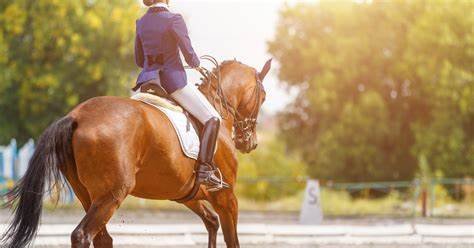Caring for the coat and skin of Paint horses is essential to maintaining their health and appearance. With their striking coat patterns and smooth skin, these horses need proper grooming and skincare routines to keep them looking their best. In this guide, we’ll walk you through the essential steps to care for your Paint horse’s coat and skin, ensuring it stays shiny, healthy, and free of irritation.

1. Regular Grooming for a Healthy Coat
One of the most important aspects of caring for the coat and skin of Paint horses is regular grooming. Grooming helps remove dirt, sweat, and loose hair, promoting healthy skin and a shiny coat. It also stimulates the skin’s natural oils, which help keep the coat smooth and lustrous.
Start by brushing your Paint horse with a curry comb or a soft-bristled brush. Use a curry comb in circular motions to loosen dirt and debris, then follow with a soft brush to remove the dirt. Grooming should be done at least once a day, especially if the horse is actively worked or kept outdoors. Make sure to pay attention to the horse’s face, legs, and sensitive areas, as these parts may require gentler brushes.
Regular grooming also allows you to check for any skin issues, such as cuts, abrasions, or parasites, which can be treated before they become serious problems.
2. Bathing and Cleaning the Coat
While regular grooming keeps the coat healthy, occasional bathing is necessary to keep your Paint horse’s coat sparkling clean. Bathing helps remove stubborn dirt, sweat stains, and environmental pollutants. However, over-bathing can strip the coat of its natural oils, so it’s important to do so in moderation.
Use a gentle horse shampoo that’s formulated for equine skin, as human shampoos can be too harsh. Before you bathe your horse, make sure the water is lukewarm and not too cold or hot, as extreme temperatures can irritate the skin. Start by rinsing the coat with water, then apply the shampoo and work it into a lather. Rinse thoroughly to remove all the product.
After the bath, dry your Paint horse with a clean towel and allow it to dry completely in a well-ventilated area. Avoid using a hairdryer, as the sound can be stressful for some horses. Bathing once every 4-6 weeks should be sufficient unless the horse becomes particularly dirty.
3. Skin Health and Protection from Sun Damage
Paint horses, especially those with lighter coat colors, may be prone to sunburn, which can cause discomfort and long-term skin damage. To protect your Paint horse’s skin, consider using equine sunscreen or a UV-protective fly sheet to cover their body, particularly their face, ears, and lighter-colored areas.
During the summer months, it’s also important to provide shade for your horse, whether it’s a stable, shelter, or a large tree. If your Paint horse spends a lot of time outside, try to limit exposure to the sun during peak hours (usually between 10 AM and 4 PM) to prevent sunburn.
Additionally, keeping the skin clean and moisturized helps to prevent dryness or cracking, especially in regions that experience cold weather. You can use skin-care products designed for horses, such as moisturizing lotions or balms, to protect the skin from harsh environmental conditions.
4. Parasite Control for Healthy Skin
Parasites such as ticks, mites, and flies can cause significant damage to your Paint horse’s skin and coat. These pests can lead to irritation, hair loss, and even infection. Parasite control is essential for maintaining the health of your horse’s coat and skin.
Regularly check your Paint horse for signs of parasites, such as bites, redness, or hair loss. Use an equine-safe insect repellent or fly spray to keep pests away. You can also apply topical treatments like dewormers or powders that target specific pests. If your horse has an ongoing problem with parasites, consult your veterinarian to determine the best course of action.
Keeping the horse’s environment clean—such as regularly mucking out stalls and pastures—will help minimize exposure to parasites. Additionally, ensuring that your Paint horse receives proper vaccinations and routine veterinary care will help protect it from common skin conditions and infections.
5. Proper Diet for a Shiny Coat
A well-balanced diet plays a significant role in maintaining a healthy coat and skin for your Paint horse. Nutritional deficiencies can result in a dull coat, dry skin, or excessive shedding. Ensure your horse receives the right balance of vitamins, minerals, and fatty acids to promote a glossy, healthy coat.
Look for feeds that contain high-quality proteins and fats, such as Omega-3 and Omega-6 fatty acids, which contribute to skin health and coat shine. You can also supplement your horse’s diet with products designed to improve coat condition, such as biotin or vitamin E. Always consult your vet before adding supplements to ensure they’re suitable for your horse’s specific needs.
Adequate hydration is also crucial. Make sure your Paint horse has constant access to clean, fresh water, as dehydration can negatively impact the condition of its coat and skin.
Conclusion
In conclusion, caring for the coat and skin of Paint horses involves a combination of grooming, bathing, skin protection, parasite control, and proper nutrition. By maintaining a consistent care routine, you can ensure that your Paint horse’s coat remains shiny, healthy, and free from irritation. Whether it’s keeping the skin safe from sun damage or preventing parasites, every step you take contributes to your horse’s overall well-being. A well-cared-for coat not only enhances the beauty of your Paint horse but also supports its health and comfort.











